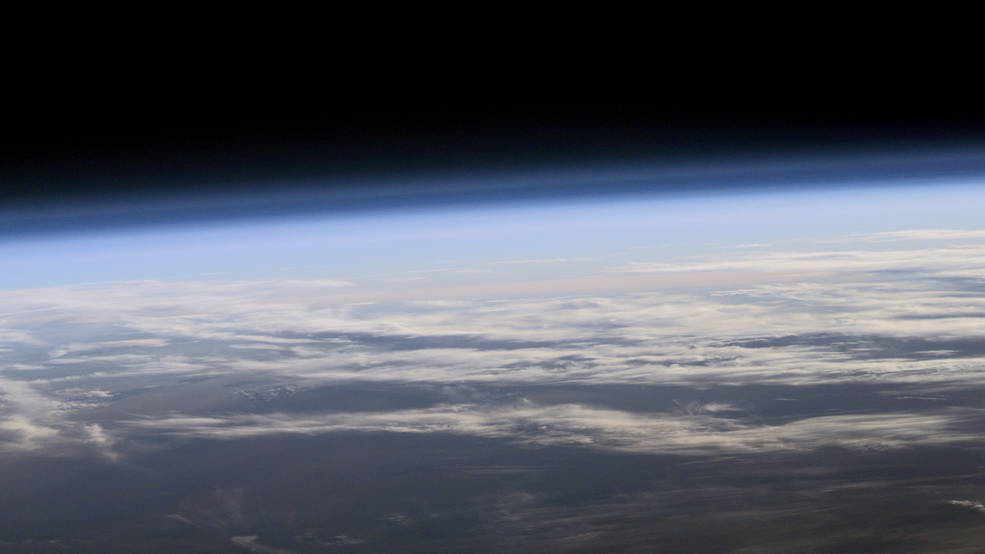

First direct proof that Global effort to repair the ozone hole is succeeding
Research published in Geophysical Research Letters has used direct satellite observations of the ozone hole to show that levels of ozone-destroying chlorine are declining, resulting in less ozone depletion.
Scientists observed decreasing amounts of chlorine within the Antarctic ozone hole using measurements from NASA’s Aura satellite over several years. This decline results from an international ban on chlorine-containing manufactured chemicals called chlorofluorocarbons (CFCs). In addition, due to the Montreal Protocol, there is now around 20% less ozone depletion during the Antarctic winter than in 2005.
“We see very clearly that chlorine from CFCs is going down in the ozone hole and that less ozone depletion is occurring because of it,” said lead author Susan Strahan, an atmospheric scientist from NASA’s Goddard Space Flight Center in Greenbelt, Maryland.
CFCs are long-lived chemical compounds that rise into the stratosphere, where they are broken apart by the sun’s ultraviolet radiation. This releases chlorine atoms that destroy ozone molecules. As a result, stratospheric ozone acts like the Earth’s sunscreen – it protects life on the planet by absorbing potentially harmful ultraviolet radiation that can cause skin cancer and cataracts, suppress immune systems and damage plant life.
The Antarctic ozone hole forms during September in the Southern Hemisphere’s winter as the returning sun’s rays catalyze ozone destruction cycles involving chlorine and bromine that come primarily from CFCs.
This study is the first to use measurements of the chemical composition inside the ozone hole to confirm that not only is ozone depletion decreasing but that the decline in CFCs causes the decrease. The observed 20% decrease in ozone depletion during the winter months from 2005 to 2016 was, however, expected, as this is what models predict.
Strahan said, “This gives us confidence that the decrease in ozone depletion through mid-September shown by MLS data is due to declining levels of chlorine coming from CFCs. But we’re not yet seeing a clear decrease in the ozone hole size because that’s controlled mainly by temperature after mid-September, which varies a lot from year to year.”
The Antarctic ozone hole should recover gradually as CFCs leave the atmosphere. Still, complete recovery will take decades due to their long lifetime (50 to 100 years), so a full recovery isn’t expected until around 2060-2080 or longer.



